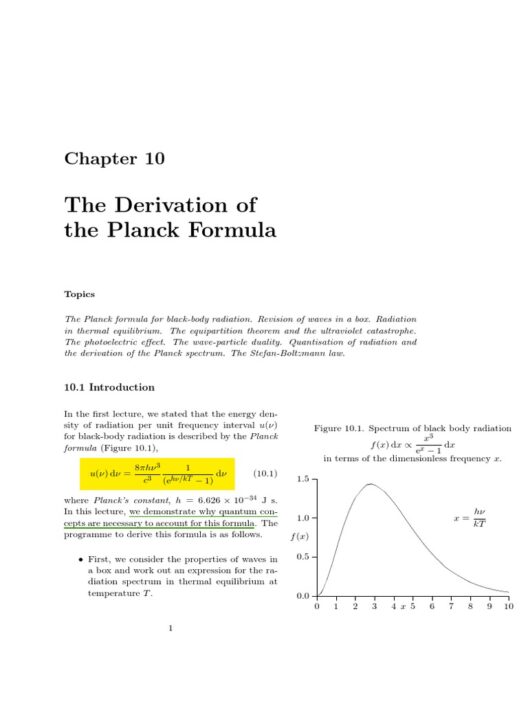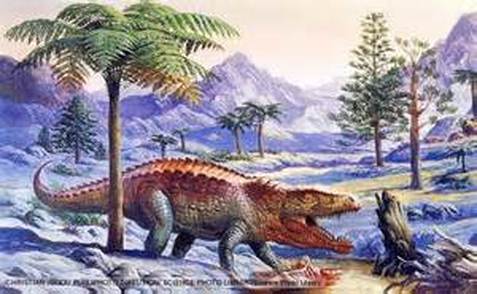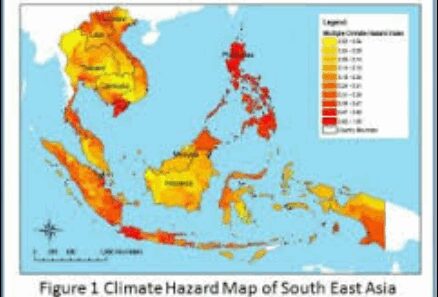In the annals of human history, few civilizations have been as dynamic and influential as that of ancient Mesopotamia, often regarded as the cradle of civilization. This region, situated between the Tigris and Euphrates rivers, epitomized the intersection of natural resources and human ingenuity. The climate of ancient Mesopotamia played a pivotal role in shaping its societies, economies, and cultures.
The climate of Mesopotamia can be characterized as arid and semi-arid, punctuated by variations from season to season. Rainfall was scant, averaging around 8 to 12 inches annually, with the majority occurring during the winter months. This limited precipitation rendered the land fertile only under certain conditions, necessitating the development of irrigation systems by the region’s early inhabitants. The intricate web of canals, ditches, and reservoirs created by the Sumerians, Akkadians, Babylonians, and Assyrians illustrates humans’ adaptive responses to their formidable environment and exemplifies early technological innovation.
In antiquity, the direct dependence on seasonal rainfall for agriculture led to a tenuous relationship with the climate. The flooding of the Tigris and Euphrates rivers during spring was both a boon and a bane. It replenished the soil with nutrient-rich silt, making it extraordinarily fertile in certain areas such as Sumer. However, unscheduled floods could wreak havoc on settlements and agricultural endeavors. This cyclical pattern fostered a deep-seated collective consciousness regarding the climate, prompting the development of agricultural practices embedded with meticulous observation and adaptation to these environmental rhythms.
The rise of city-states such as Uruk and Ur was inextricably linked to agricultural productivity, enabled by strategic irrigation methods. This foundation of food surplus permitted socio-economic stratification, leading to the emergence of specialized labor. Artisans, merchants, and scholars flourished as agricultural efficiency enabled urban centers to sustain larger populations. Mesopotamian agriculture, thus, became synonymous with the cyclical interplay of environmental factors and human innovation.
Weather phenomena, while generally predictable, brought contingencies that could destabilize the well-established agricultural systems. Droughts punctuated the otherwise predictable river cycles, affecting yields and inciting famine. The socio-political ramifications of such climate-induced crises were profound. Historical records indicate that the Akkadian Empire, once flourishing, met its demise partly due to prolonged drought—forcing mass migrations and causing social unrest. It was evident that the climate didn’t just impact crops; it could topple empires.
Conversely, periods of excessive rainfall or river flooding not only enriched the soil but also precipitated social complexity. The establishment of sophisticated governance structures aligned with agricultural calendars streamlined resources, optimizing societal functioning. The interplay of climate with governance underscores the profound, symbiotic relationship that existed in ancient Mesopotamia.
Besides agriculture, the climate also influenced the architecture and urban planning of Mesopotamia. Sun-dried mud bricks, a prevalent construction material, were used extensively for public buildings and homes due to their thermal efficiency. This adaptation allowed structures to remain cool in the hot summers while providing insulation during the cooler months. The geographical stratification created distinct microclimates, reinforcing the importance of local resources and impacting architectural styles across city-states. Ziggurats, monumental structures dedicated to deities, not only served religious purposes but also reflected the populace’s cosmological interpretations of climate and agriculture.
Culturally, ancient Mesopotamians revered weather phenomena as manifestations of divine will. They composed myths and epics—narratives that integrated their experiences with climate, agriculture, and societal flourishing. The Epic of Gilgamesh, a monumental literary work, illustrates this connection through themes of nature, mortality, and divine interaction. Such narratives not only provided insight into the human relationship with nature but also reinforced values that prioritized environmental stewardship.
In understanding the robustness of the ancient Mesopotamian civilization, it is essential to acknowledge how historical climatic conditions shaped their cultural and technological evolution. Innovations in agricultural practices—such as crop rotation and the domestication of plants and animals—emerged as adaptive strategies to cultivate the land more effectively. Over generations, this deepened the community’s relationship with the environment, fostering resilience amid the inevitable cyclicity of droughts and floods.
Today, as societies grapple with climate change and the challenges it presents, the lessons gleaned from ancient Mesopotamia remain relevant. The civilization’s multifaceted strategies for addressing climatic adversities showcase humanity’s potential for innovation in the face of environmental constraints. This historical narrative not only highlights the fragile past of a remarkable civilization but expresses an urgent need to learn from it as we navigate the complexities of our changing climate.
In conclusion, the relationship between climate and ancient Mesopotamia offers an exemplary case study of adaptation, resilience, and cultural development. The ways in which environmental conditions sculpted daily life, governance, and societal structure reveal a profound truth: climate is not merely a backdrop but a formidable agent of historical transformation. Understanding this interplay can inspire contemporary action, as adapting to climate change will require the same ingenuity that characterized one of humanity’s earliest successes.







